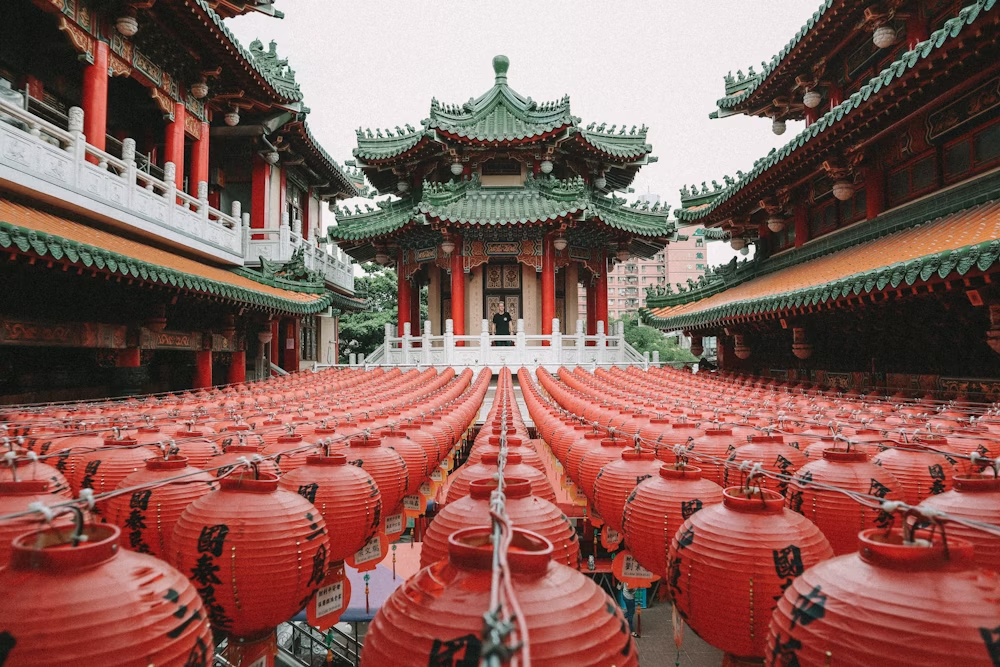moulddni0.com – Taiwan is a land where tradition meets innovation, and this dynamic intersection is vividly expressed through its art and architecture. From ancient temples to modern skyscrapers, Taiwan’s cultural landscape is a reflection of its diverse history and forward-thinking spirit.
Historical Influences
Taiwan’s art and architecture have been shaped by various cultural influences, including indigenous traditions, Chinese heritage, Japanese colonial rule, and Western modernism. Each era has left its mark, contributing to the island’s unique aesthetic.
Traditional Architecture
Traditional Taiwanese architecture is characterized by intricate wooden carvings, sweeping rooflines, and vibrant colors. Temples such as Longshan Temple in Taipei and Confucius Temple in Tainan are prime examples, showcasing exquisite craftsmanship and spiritual symbolism.
Indigenous Art Forms
The indigenous peoples of Taiwan have a rich artistic heritage that includes intricate weaving, pottery, and woodcarving. These art forms are not only beautiful but also serve as a means of preserving and expressing cultural identity.
Modern Architecture
In recent decades, Taiwan has embraced modern architecture with iconic structures like Taipei 101, once the world’s tallest building. This skyscraper is a symbol of Taiwan’s economic prowess and architectural innovation, blending traditional motifs with cutting-edge design.
Contemporary Art Scene
Taiwan’s contemporary art scene is vibrant and diverse, with artists exploring themes of identity, technology, and globalization. Art museums and galleries across the island, such as the Taipei Fine Arts Museum and the Kaohsiung Museum of Fine Arts, showcase both local and international works.
Conclusion
The art and architecture of Taiwan represent a rich tapestry of historical influences and modern creativity. This dynamic blend not only reflects the island’s past but also its aspirations for the future, making Taiwan a fascinating destination for art and architecture enthusiasts worldwide.
